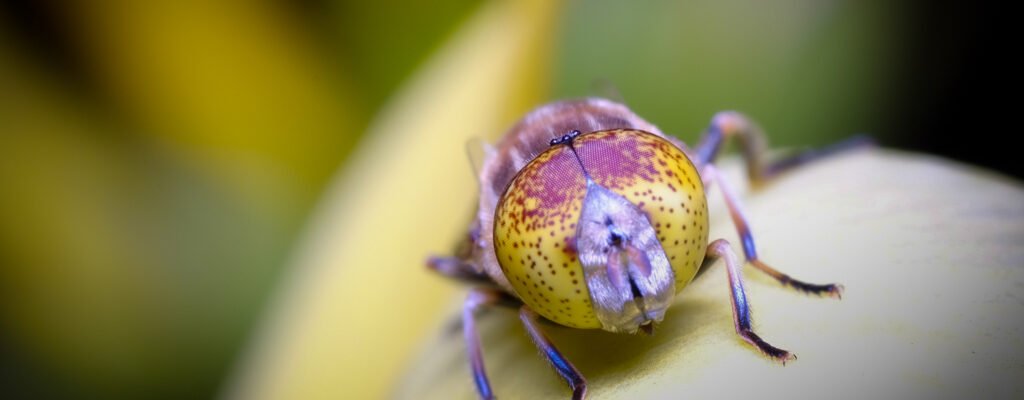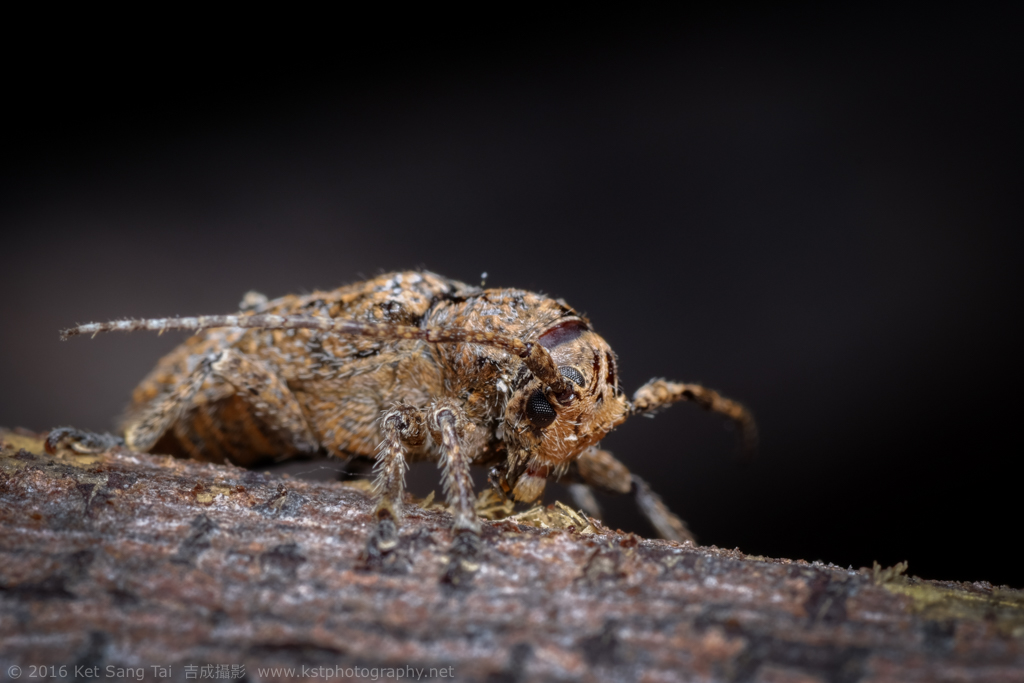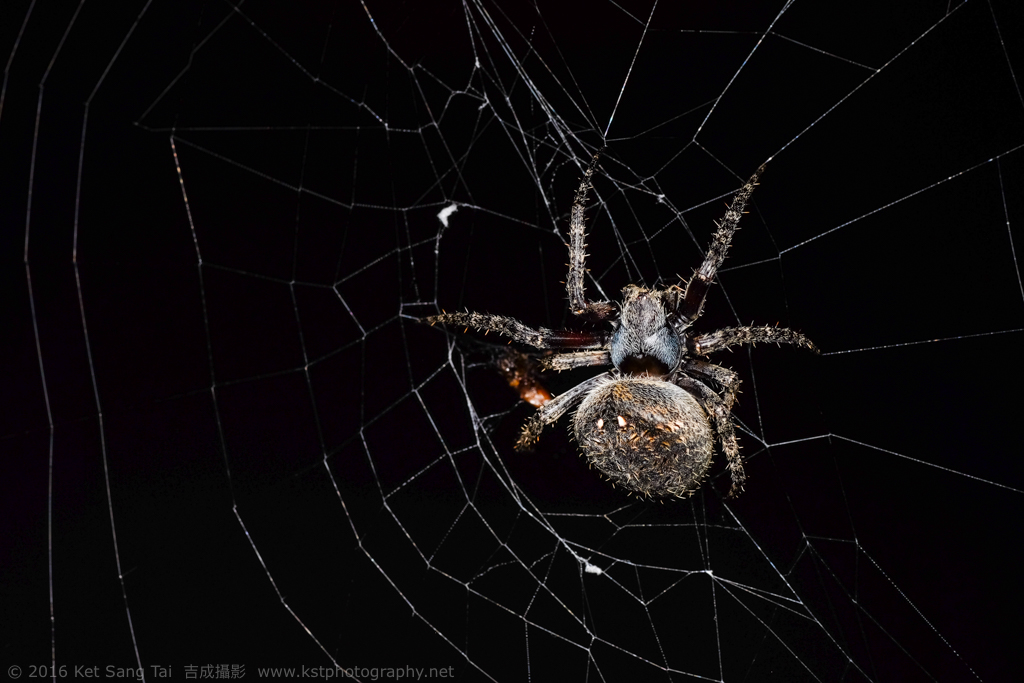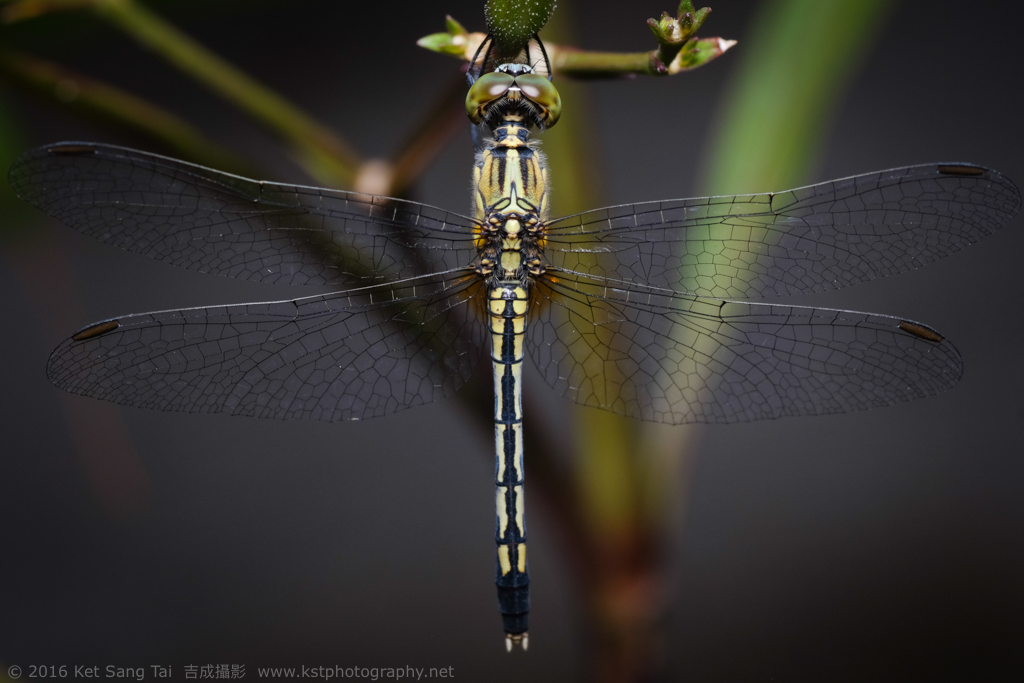Due to the limited availability of native 1:1 macro lenses, many photographers started using adapted macro lenses. Using an adapter, many old and classic as well as modern lenses can be used on Fuji camera. The excellent manual assist features on Fuji camera make manual focusing adapted lenses very simple and straight forward, even for people like me who have never used manual focusing before.
Lens Adapters
There are many options out there and I won’t go into all the different types of adapters and many people have covered this topic extensively. This blog has good information about lens adapters and how they work. For the purpose of macro photography, the easiest option is to get a Nikon to Fuji adapter as there are a wide ranges of Nikon mount macro lenses available both from Nikon themselves and from 3rd parties like Tamron and Sigma. You need to know there are two types of Nikon to Fuji adapters, the Nikon G to FX and Nikon F to FX.
Nikon F to FX adaptor is almost like an extension tube except that it is of fixed length and has a Nikon mount at the front end. There is no electronics built in. This can be used with any Nikon mount lenses (after 1977) which have an aperture ring. You can’t use it with newer Nikon G lenses or 3rd party lenses without aperture ring as there is no way you can control the aperture.
That is where the Nikon G to FX adapter comes in. It has a built in aperture ring with a mechanical lever which changes the aperture on the lens itself. This can be used on all Nikon F and G mount lenses and all Nikon mount 3rd party lenses, including those with and without aperture ring.

Camera Settings 1:
When you use adapted lenses, make sure you set your Fuji camera to “shoot without lens”. If you do not choose this option, the camera will think no lens is attached as there is no electronic contact and the shutter will not fire. It is under Shooting Menu 3 as shown.
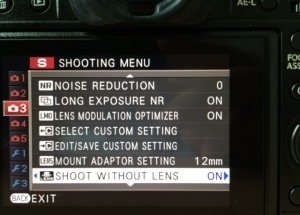
You can also tell the camera what focal length you are using so it will include it in your EXIF data.
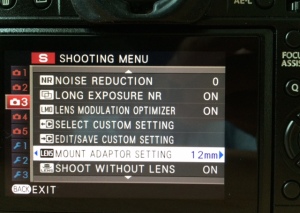
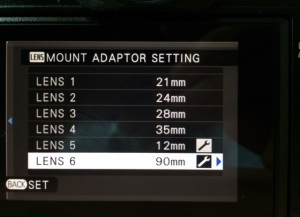
Camera Settings 2:
With adapted lenses, as there is no electronic contact between the lens and the camera, you don’t get automatic aperture. Automatic aperture means the camera keeps the lens aperture wide open while composing and focusing and only closes it down to the desired aperture at the time of exposure. Without automatic aperture, the aperture will be stopped down to whatever you set during composing and focusing, which means your viewfinder will be darker. With EVF, the brightness of the viewfinder is boosted but it can get very grainy if you shoot in low light with flash. Make sure you set your camera’s Screen Set Up to Preview Exp/WB in Manual Mode OFF.
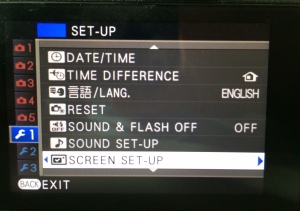
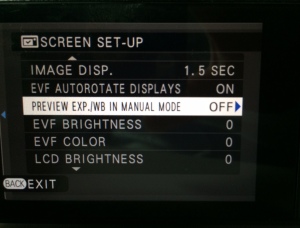
A few other points to note about adapting lenses:
- There is no autofocus.
- If your lens has image stabilisation, it won’t work.
- There will be no aperture info in EXIF file.
Here are some of my photos taken using Tamron 90mm with Nikon G to FX adapter.
Please check out the other posts in my Fuji X Macro series:
Part 1: x100s + Raynox-250
Part 2: Fujinon 60mm f2.4 with or without Raynox-250
Part 3: Adapted Macro Lens
Part 4: Fujifilm Extension Tube MCEX-11 & MCEX-16
Part 5: Native 1:1 Macro Lens for Fuji (Zeiss)
